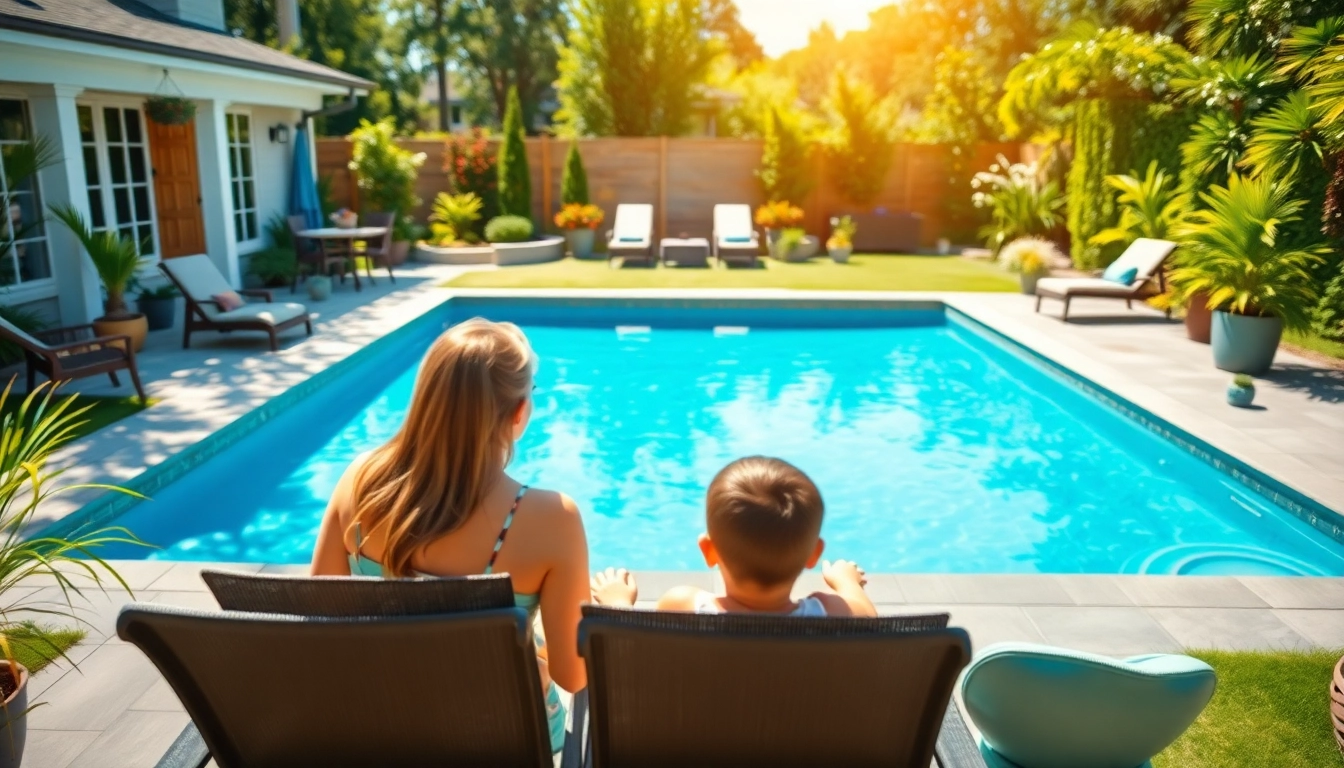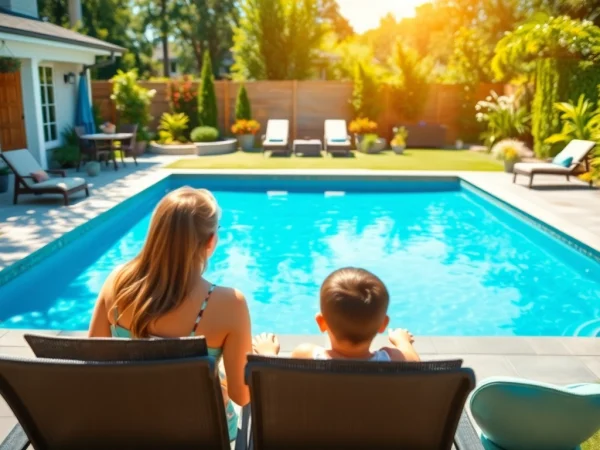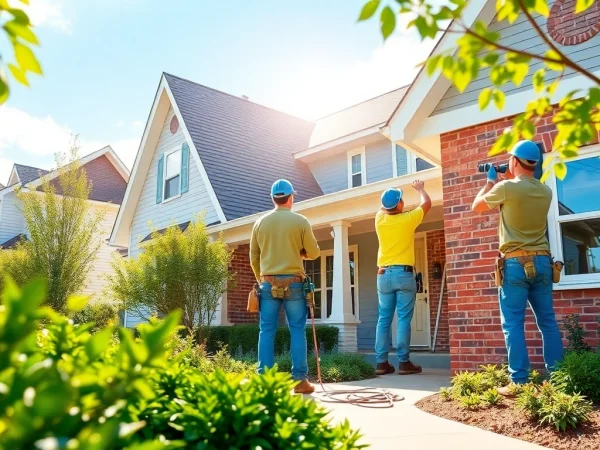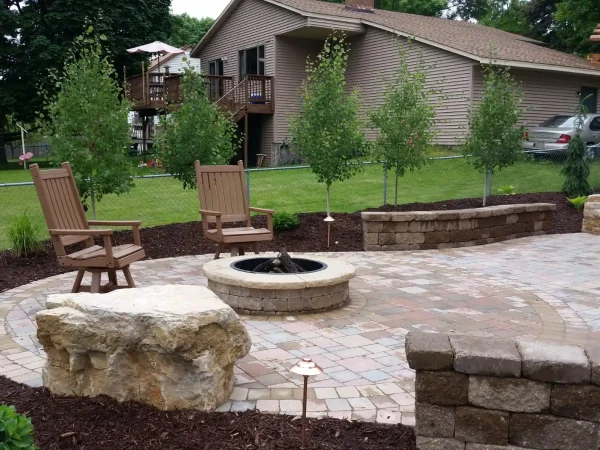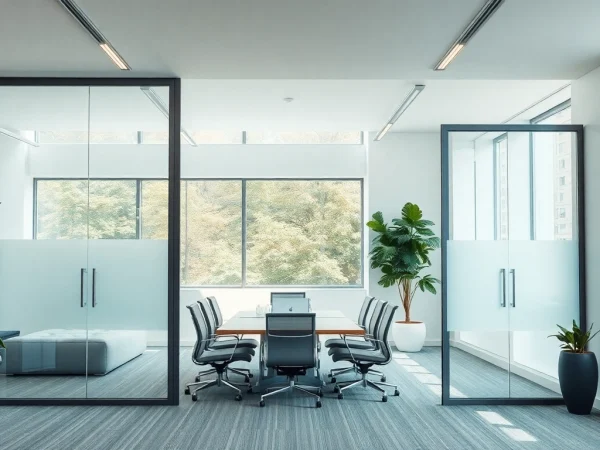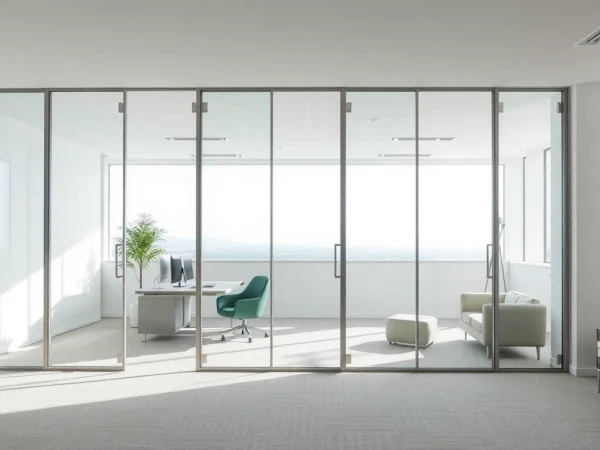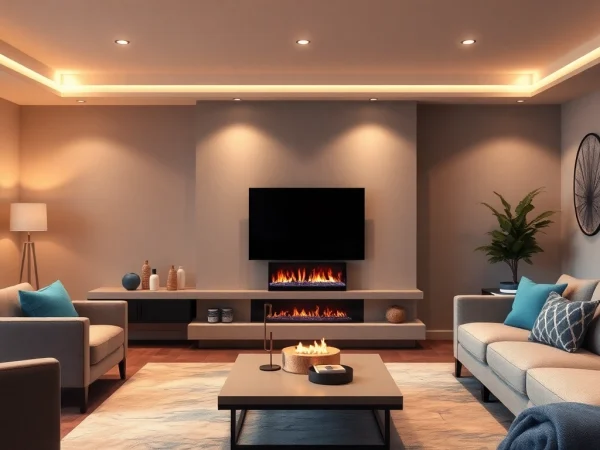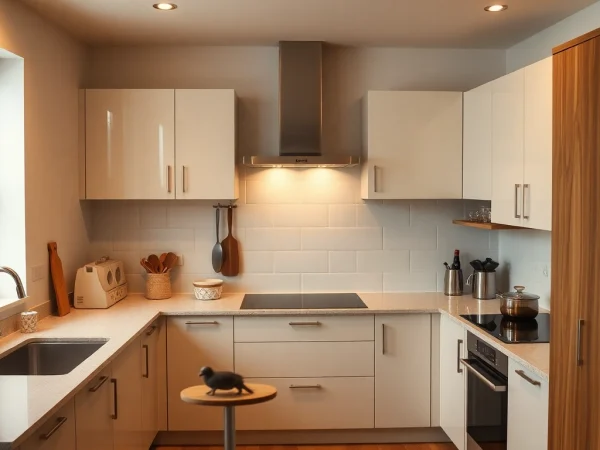How to Build Your Own Pool: A Comprehensive Guide to Creating Your Dream Backyard Oasis
Understanding Your Options to Build Your Own Pool
Building your own pool is an exciting venture that transforms your backyard into a personal oasis. With increasingly customizable options available, learning how to build your own pool can feel daunting. However, with careful planning and informed decisions, you can create a beautiful space that meets your needs and preferences. This article explores the types of pools you can choose from, cost considerations, as well as necessary permits and regulations, empowering you to embark on this thrilling journey.
Types of Pools: Which One is Right for You?
When deciding to build a pool, the first step is understanding the various types available. Each category has distinct benefits and considerations.
In-ground Pools: These pools are submerged into the ground and considered a permanent feature. They come in three primary materials: concrete, fiberglass, and vinyl. Concrete pools offer ultimate customization but can be pricier. Fiberglass pools are easier to install and maintain, while vinyl pools present a cost-effective solution with decent longevity.
Above-ground Pools: Perfect for those seeking a less permanent option, above-ground pools are easier to install and dismantle. While they are typically less expensive, they offer fewer customization options and may not add as much value to your property.
Infinity Pools: For a luxurious touch, consider infinity pools which create a seamless illusion with the surrounding landscape. These are ideal for properties with scenic views but can be complex to design and build.
Cost Considerations for Custom Pools
The financial aspect of installing your pool requires careful assessment. The overall cost depends on multiple factors, including:
- Type of Pool: In-ground pools typically range from $35,000 to over $100,000, while above-ground pools can be installed for about $1,500 to $15,000.
- Size and Depth: Larger and deeper pools demand more materials, labor, and installation time, driving up your expenses.
- Features: Additional features such as heating systems, lighting, waterfalls, or built-in spas significantly affect overall costs.
- Location: Installation in complicated terrain or a setup requiring extensive excavation may incur extra expenses.
Permits and Regulations to Consider
Before commencing any construction, familiarize yourself with local regulations and permits needed. Most jurisdictions require permits for pool construction to ensure safety and compliance with zoning laws.
Check the following:
- Building Permits: Required for all in-ground pools; above-ground pools may also need permits based on local codes.
- Fence Regulations: Many areas mandate fencing around pools for safety, especially if children are present.
- Environmental Considerations: Some regions have restrictions on the type of materials you can use or the positioning of the pool to protect local ecosystems.
Designing Your Dream Pool
Designing a pool is not merely about functionality but also aesthetics, personalization, and the integration of lifestyle elements. This section will navigate through essential considerations for creating your dream pool.
Choosing Materials for Your Pool Construction
In selecting materials, consider durability, appearance, and maintenance. Here’s an overview of popular options:
- Concrete: This versatile option allows for custom shapes and finishes, but requires more maintenance and time to install.
- Fiberglass: Quick to install and highly durable with lower maintenance, fiberglass pools come prefabricated in various shapes.
- Vinyl Liner: While initially less expensive, vinyl liners may require replacement every 5-9 years, impacting overall long-term costs.
Innovative Features for a Unique Pool Experience
Enhancing your pool with innovative features can significantly elevate the experience:
- Waterfalls: Not only do they add beauty, but they also create a soothing sound.
- LED Lighting: Consider underwater and ambient lights, which increase safety and create mood.
- Spa Jets: Adding jets transforms your pool into a relaxation zone.
- Automation Systems: These systems allow you to control temperature, lighting, and cleaning through mobile devices, providing convenience.
Incorporating Landscaping to Enhance Your Pool Area
Landscaping can harmonize your pool area with the rest of your yard and improve aesthetics. Here are some tips:
- Plant Selection: Opt for flowering plants around the pool for added beauty. Consider low-maintenance, drought-resistant options to reduce upkeep.
- Decking: Surround your pool with quality decking that complements your pool design—wood, composite, or stone can work as effective choices.
- Outdoor Living Spaces: Add seating, fire pits, or outdoor kitchens to create a holistic outdoor space that enhances pool enjoyment.
The Step-by-Step Process to Build Your Own Pool
Understanding the construction process is crucial for success. Below is a step-by-step approach to constructing your pool.
Selecting a Contractor vs. DIY
Decide whether you want to hire professionals or take the DIY route. Consider the following:
Hiring a Contractor: This ensures professionalism and minimizes risks, while allowing you to tap into their expertise. Research contractors’ credentials and check reviews before selection.
DIY Approach: If you choose to build the pool yourself, thorough research and planning are essential. Familiarize yourself with construction techniques and local regulations.
Timeline: How Long Does Pool Construction Take?
The timeline for pool construction can vary significantly based on factors such as pool type, location, and weather conditions. Generally, expect the following timelines:
- Above-ground Pools: Typically 1-2 weeks for completion.
- In-ground Pools: Generally, 2-8 weeks, depending on complexity and size.
Essential Techniques for Quality Construction
Should you choose to undertake the construction, implement best practices for quality results:
- Site Preparation: Ensure proper digging techniques and a leveled base.
- Plumbing and Electrical Installation: Hire professionals for electrical setups and plumbing to ensure compliance and safety.
- Finishing Touches: Apply finishing elements like coping and tiling correctly to prevent future problems.
Maintenance Tips for Your New Pool
Proper maintenance is key to keeping your pool safe and enjoyable throughout the years. Establish a routine that works for you!
Routine Care to Keep Your Pool Sparkling Clean
Regular maintenance tasks include:
- Chemical Testing: Test your water’s pH balance, chlorine, and alkalinity weekly to ensure water quality.
- Cleaning: Skim debris regularly and vacuum the pool to maintain cleanliness.
- Filter Maintenance: Clean and replace filter media periodically for optimal performance.
Seasonal Maintenance to Maximize Longevity
Adapting maintenance routines to seasonal changes is essential. Consider the following:
- Winterizing: Prepare your pool for colder months by draining water, adding antifreeze to plumbing, and covering the pool.
- Spring Check-Up: Inspect and repair any damages caused during winter before resuming pool use.
Common Problems and Solutions for Pool Owners
Being aware of common issues can save you time and money.
- Algae Growth: Ensure proper water balance and increase circulation to combat algae blooms.
- Leaking Water: Check for cracks in the walls or pool liner. A professional may need to assess more serious issues.
- Circulation Problems: Regularly clean filters and check pump efficiency to maintain good water circulation.
Enhancing Your Pool Experience
To fully enjoy your new pool, consider enhancements that promote fun, safety, and ambiance.
Fun Features to Add to Your Pool Area
Exciting features that can elevate your pool experience include:
- Slides and Diving Boards: Perfect for families with children, they add a fun aspect to your pool.
- Outdoor Games: Introduce games such as pool volleyball or floating devices for additional entertainment.
Safety Measures for Families with Children
Safety is paramount, especially if your pool will be frequented by children. Consider implementing:
- Pool Fences: Installing a fence that prohibits unsupervised access.
- Alarms: Invest in pool alarms to alert you if someone falls in.
- First-Aid and CPR Training: Ensure adult supervision and at least one adult trained in first-aid can handle emergencies.
Creating Ambiance: Lighting and Decor Ideas
To enhance the atmosphere around your pool, focus on thoughtful lighting and decor:
- Submersible Lights: Add beautiful underwater lighting that changes colors for evening swims.
- Outdoor Furniture: Create inviting spaces with comfortable seating, lounges, and shade structures around your pool.
- Decorative Elements: Consider artistic sculptures, planters, or themed decor that reflects your personality.
